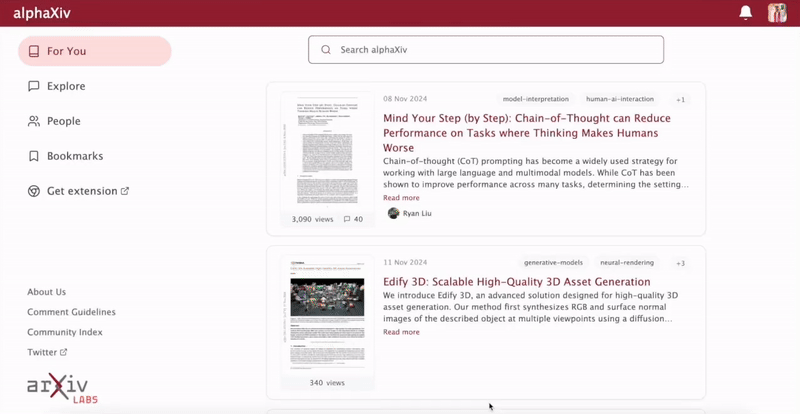We show that the expectation of the
kth-order statistic of an i.i.d. sample of size
n from a monotone reverse hazard rate (MRHR) distribution is convex in
n and that the expectation of the
(n−k+1)th-order statistic from a monotone hazard rate (MHR) distribution is concave in
n for
n≥k. We apply this result to the analysis of independent private value auctions in which the auctioneer faces a convex cost of attracting bidders. In this setting, MHR valuation distributions lead to concavity of the auctioneer's objective. We extend this analysis to auctions with reserve values, in which concavity is assured for sufficiently small reserves or for a sufficiently large number of bidders.





